ASIC Miner ICERIVER KAS KS0 Profitability In the realm of cryptocurrency mining, the Iceriver KAS KS0 miner has garnered widespread attention. Tailored specifically for the Kaspa network's KHeavyHash algorithm, it boasts high hashing power and low power consumption, making it an ideal choice for many miners. In this article, we will comprehensively assess IceRiver KS0 profitability while considering the Kaspa market conditions and the attributes of KS0 miner. Kaspa Market Dynamics Kaspa is a vibrant cryptocurrency network aimed at delivering high performance and scalability for everyday transactions. At the time of writing this article, the Kaspa coin trades at approximately $0.04959. But it's essential to note that cryptocurrency markets are highly susceptible to price volatility. Hence, investors must remain vigilant about market dynamics. Additionally, the Kaspa network's mining difficulty and reward mechanisms play a role in mining returns. Attributes of the IceRiver KS...
Handshake Mini-DOGE Miner Evaluation
The hottest money in the currency circle is concentrated on pets, and Dogecoin is the one that took off first and has been in the market for the longest time. As a Handshake Mini-DOGE miner that mines Litecoin with dual mining, official data: hash rate 185M (±5%), power consumption 233W (±5%). Now let's do an unboxing test for you.
Let's look at the static return cycle.
According to the current hash rate of the whole network, about 0.0033 LTC and 6.4 DOGE are produced daily. According to the current market, the total net income per day is about 0.7 US dollars. The machine consumes 5.592 kWh in 24 hours. According to the current miner price of 628.62 US dollars, about 903 days Back to this.
Let's measure the specific data below. First, let's take a look at the actual appearance. The fuselage is still an aluminum alloy body, which continues Goldshell's consistent atmospheric and straightforward design concept. The compact body design makes it easier to place and save space.
The size of the whole miner is the same as the BOX version. It is light and mini and can be held with one hand. The well-designed internal structure and product appearance make Handshake Mini-DOGE compact, durable, and mechanical. The graffiti prints on the side are not all available, just like the colorful fans of Goldshell HS3; only the lucky ones have been printed.
The ports of the miner are also very intuitive and precise. The Ethernet ports are on the left, and the power ports are on the right. Since there is no external power supply, there is a power interface. It is recommended to purchase an 80plus gold power supply with a power supply of 600W or more and an output current of 12V and 25A.
Miners have upgraded the original USB Type-A connection method through unique research and development and customized Mini-DOGE. As a result, only need to connect Ethernet or WIFI to maintain a high-speed network connection. Furthermore, no additional auxiliary equipment is required, bringing a more pure application experience.
The disassembly of the miner is also very simple, unscrew four screws, and the disassembly work is completed. Just unplug the two connectors, and the hash board can be removed smoothly.
The back of the hash board adopts a lattice-type distributed heat sink, which reduces the weight of the fuselage and effectively improves the heat dissipation inside the miner.
The integrated chassis shell is elegant and straightforward.
Miners need parts.
After the miner is assembled, power on the miner and wait for the indicator light to light up.
After the miner is powered on and connected to the mining pool, Handshake Mini-DOGE is equipped with a newly upgraded backstage management software, accurately displaying the miner's real-time hash rate, average hash rate, and hash rate fluctuations. It can quickly complete the settings, and it is convenient to check the running status of the device at any time. Practical and straightforward management software comprehensively improves the user's mining experience.
After running for a while, the average hash rate displayed on the miner side is 186.9MH/s, slightly higher than that marked on the official website.
After running for a while, the miner's air inlet temperature was measured to be 32°C.
The air outlet temperature was 41.8°C.
The measured ambient noise in the workplace is 47.7db.
The noise of miners in the close-range test operation in the workplace is 51.1db, which is lower than the minimum noise of the fan at home so that it can be used in a variety of home and office environments.
Finally, look at the power consumption. The power consumption of running for more than ten hours is 240.1W, basically the same as the official website.
Main data comparison:
Project | Official data | Measured data |
Hash rate | 185MH/S(±5%) | 186.9MH/S |
Power consumption | 233W(±5%) | 240.1W |
Noise | 35db | 51.1db |
Temperature | 35℃ | 32℃ |
Summarize:
Handshake Mini-DOGE, as a dual-miner with a low hash rate and quiet home use, still has significant advantages compared with dual-digging ASIC miners. It has a small body, significant energy, low power consumption, and is quiet and compact. It is one of a high-quality choice for everyone to mine!
The content and pictures of this article are from the Internet, compiled and edited by ZEUS MINING.



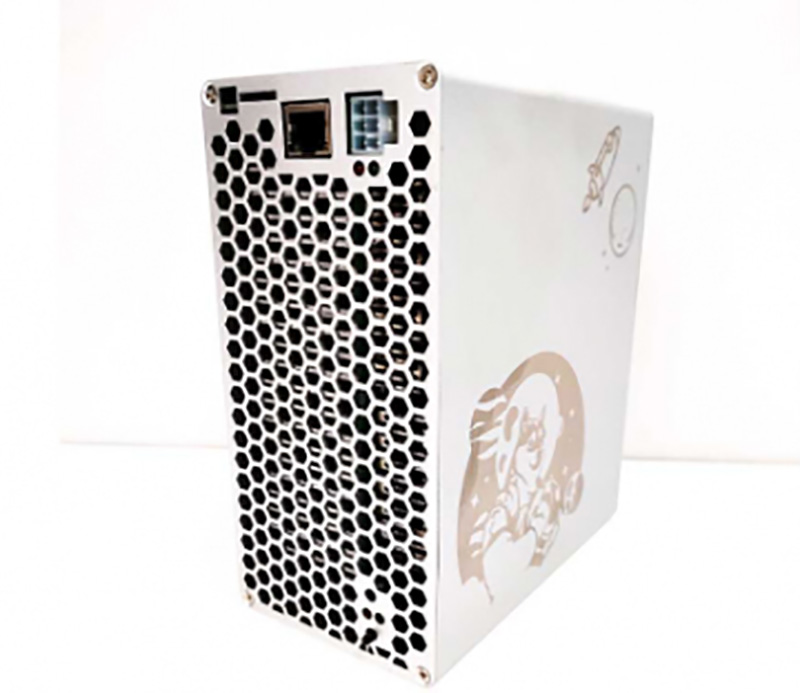

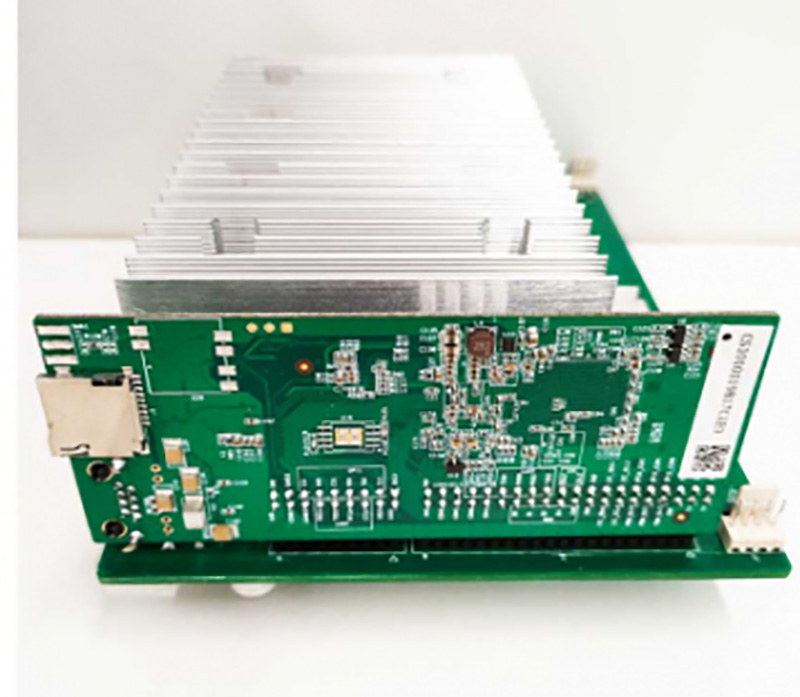
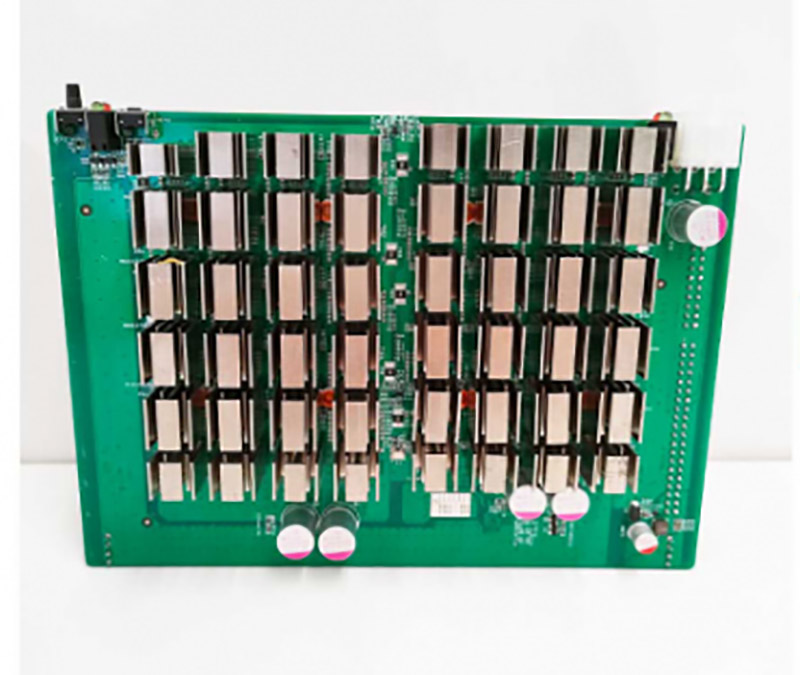

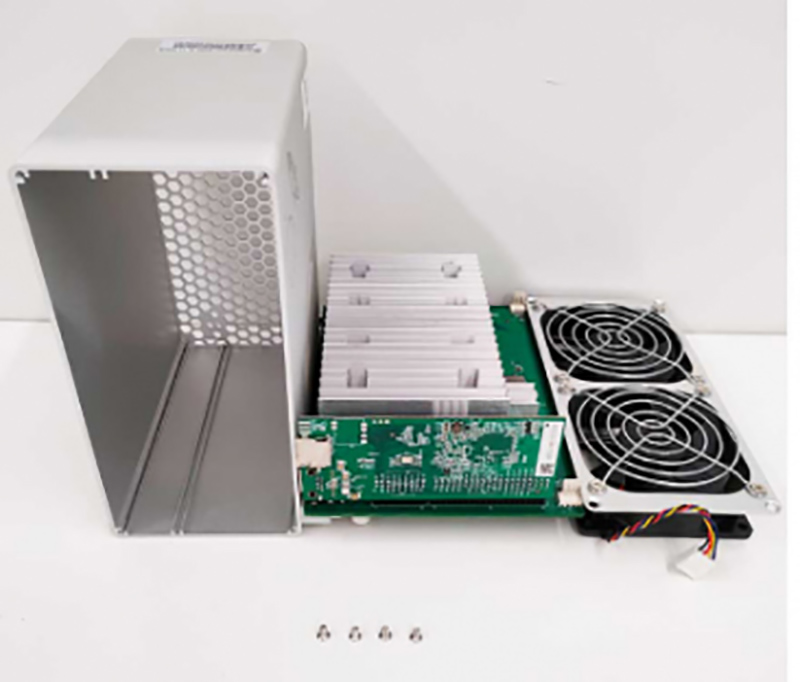
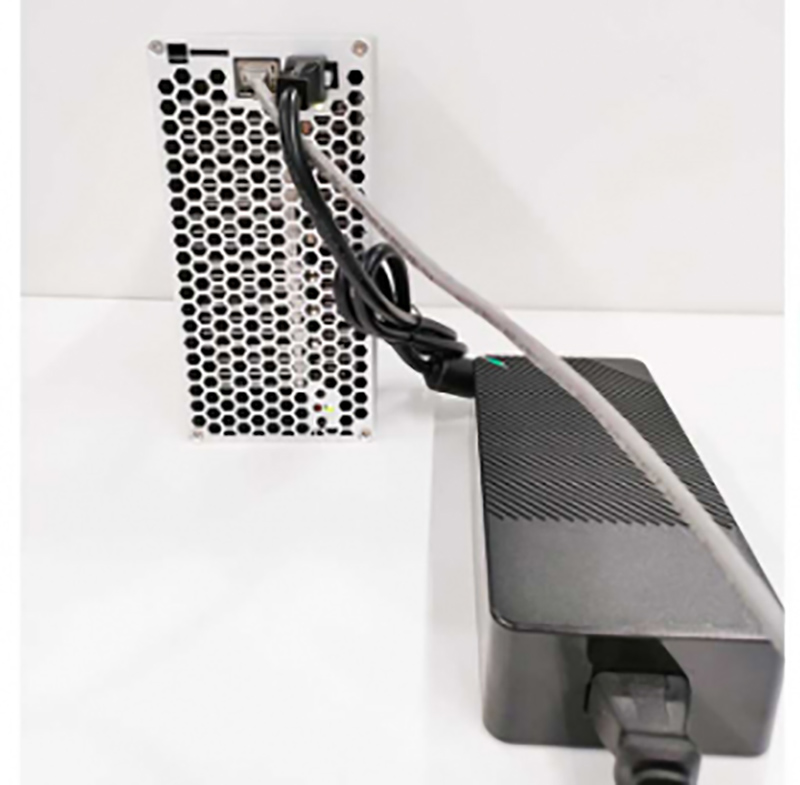


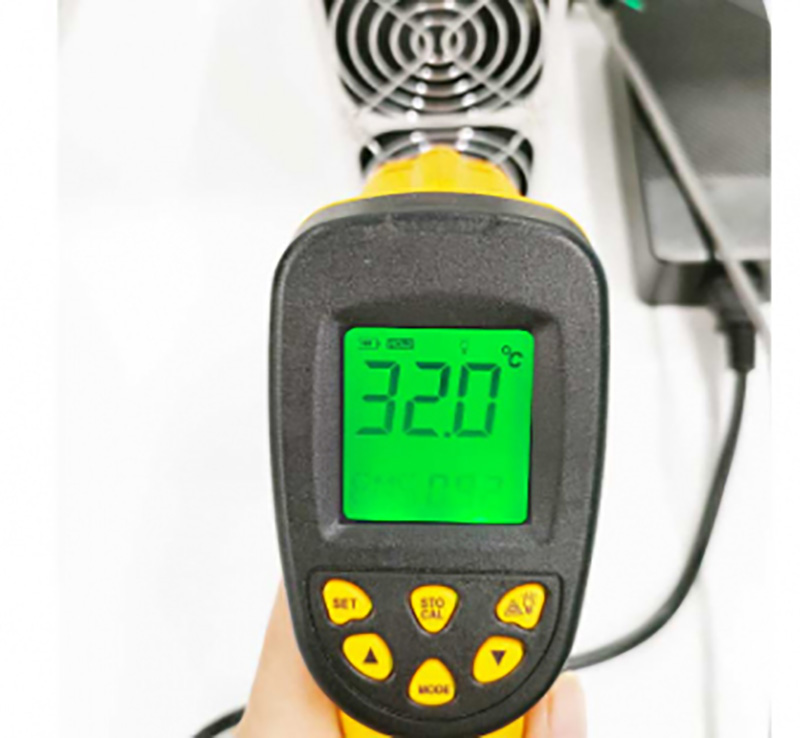

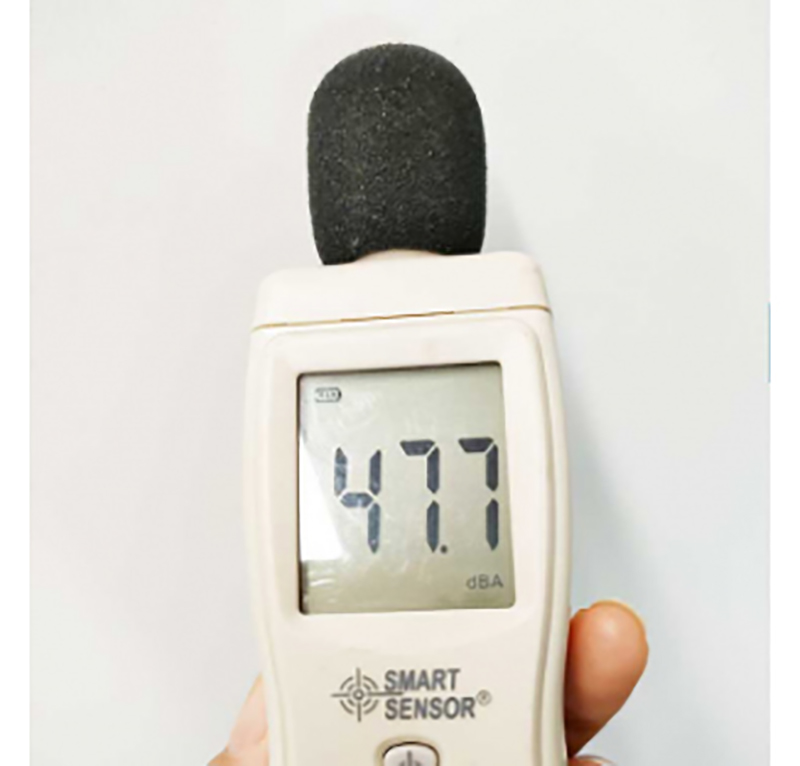
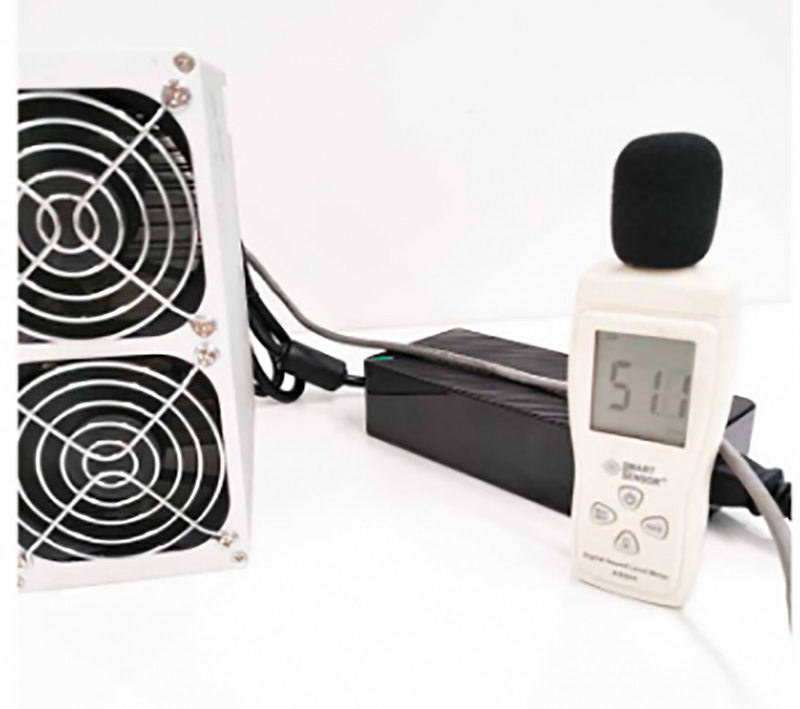
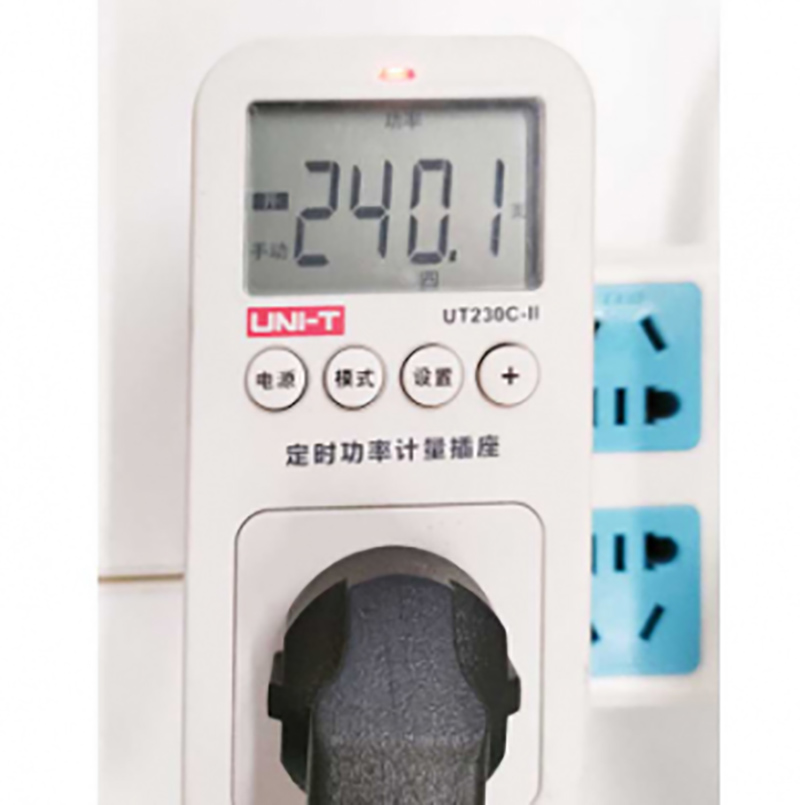
Comments
Post a Comment
Tell us your opinion